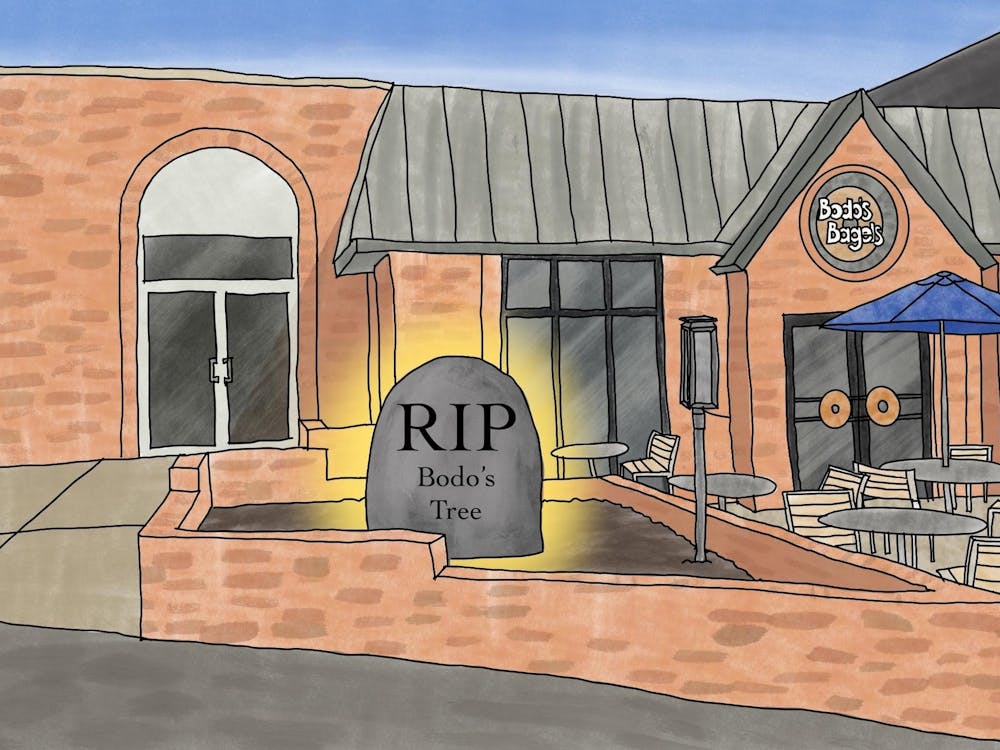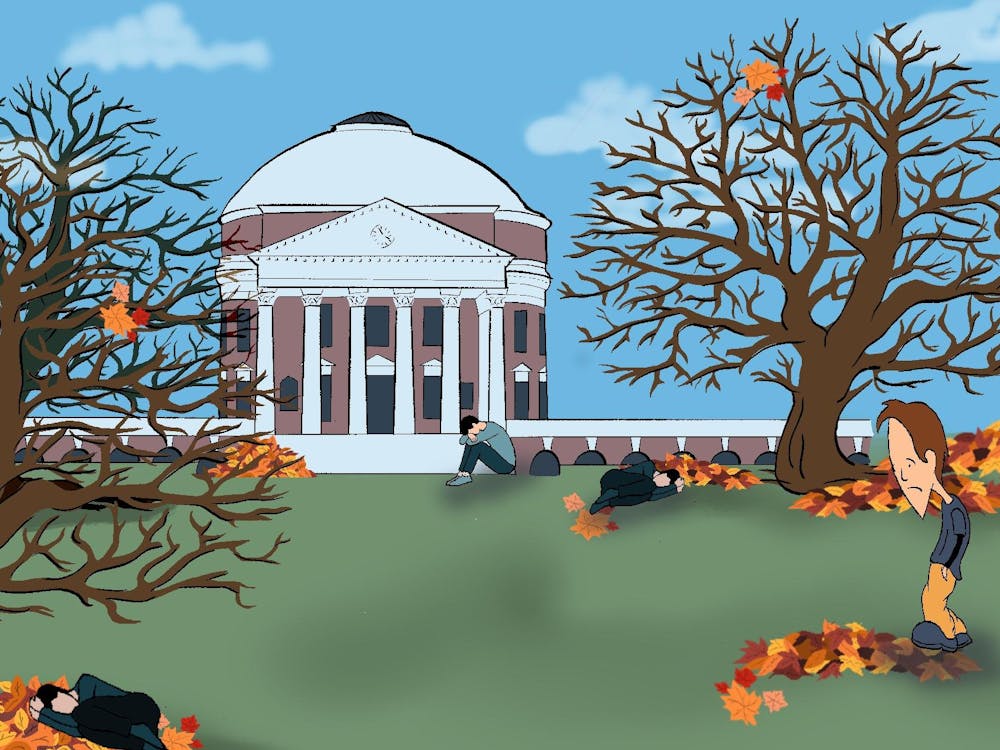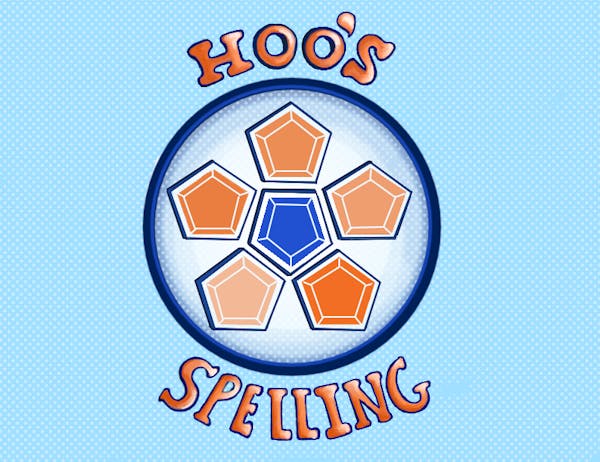Editor’s note: This article is a humor column.
As classes pick up and Batten undergraduates return to their habitual study spots, a dormant journalistic threat prepares to rear its head once more. Students across Grounds have waited with bated breath to see whether The Cavalier Daily will publish another spate of heated articles on what, if anything, to do about the controversial Batten Curve. Since you are already reading this article, the answer is clearly affirmative.
Grading outlines may have been nuked from the Batten website like they were factual information at the Smithsonian, but as a student with several Batten syllabi, I can assure you that the curve is still very real. In fact, it is so real, it is reining in the ambitions of our country’s future leaders to a 3.5 grade point average. Is it a strange, semi-enforced sword of Damocles ensuring that students show up to classes and compete for hefty participation points? Yeah, probably. But for the sake of those dissatisfied with the status quo, let’s take a second, put on our thinking caps and consider what else it could be.
A lower 3.0 curve
A 3.5 grade point average sits somewhere between a B+ and an A- on the University’s grading scale, which isn’t too shabby, all things considered. In fact, I would hazard to say that it is not shabby enough. On one hand, the average undergraduate grade point average at the University passed the 3.5 benchmark in 2021 and continues to rise. On the other hand, the average Batten undergraduate grade point average currently sits at a comfortable 3.7, which is the third highest average of any undergraduate school at the University and inexplicably 0.2 points higher than the curve would predict. With grade inflation evidently outpacing grade deflation efforts, stronger measures must be taken — namely, a 3.0 curve. Batten students will surely appreciate this more rigorous approach and demonstrate their satisfaction through civil discourse on Yik Yak.
Pass/Fail
Research shows that the adoption of a pass/fail system correlates to better educational outcomes overall, and if LPPA 3640 “Research Methods & Data Analysis in Public Policy” has taught me anything, it’s that correlations should be trusted in policy settings all the time no matter what. Still, I am by no means saying that Batten should abandon its curve in favor of a pass/fail system — rather, professors could still enforce a curve by failing their worst couple of students and passing everyone else. For example, in a class of 40 students, a 3.5 average could be retained via the passing of 35 students and the failure of five students, which seems like a small price to pay for the sweet, sweet flex of a competitive grade distribution.
Smiley Face / Frowny Face
A multitude of research shows that facial expressions modify the subjective experience of emotions for those that perceive them. So, what better way for professors to convey satisfaction in student performance than with a big ol’ grin on the transcript? Though SIS may not be able to handle such an abstract change in grading data without bouncing you back to NetBadge several times, the tech analysts behind Stellic have assured us that their platform has the processing power to display a variety of facial grades, ranging from “Furious Frown” to “Slight Smirk.” As for students concerned about how these grades would look on a law school application, consider this option an excuse to write a damn good addendum essay!
Student self-grading
In the spirit of student self-governance, Batten could allow its students to grade their own work based on the amount of effort they believe they put into any given assignment. After all, research shows that allowing Owen Andrews to grade his own papers correlates with more positive student outcomes overall. While one may think that the Batten Curve would need to be sacrificed in such a situation, I assure you that this is not the case. Rather, a curve would be implemented AFTER students grade themselves. Thus, if every student gave themself an A, everyone would end up with an A- or B+ in order to ensure the 3.5 average. Better start studying the prisoner’s dilemma!
After all, it’s not our nigh-worship of the normal curve that sets the Batten School apart from the College, but rather our deep love of ethical thought and fairness in everything we do, whether we like it or not.







